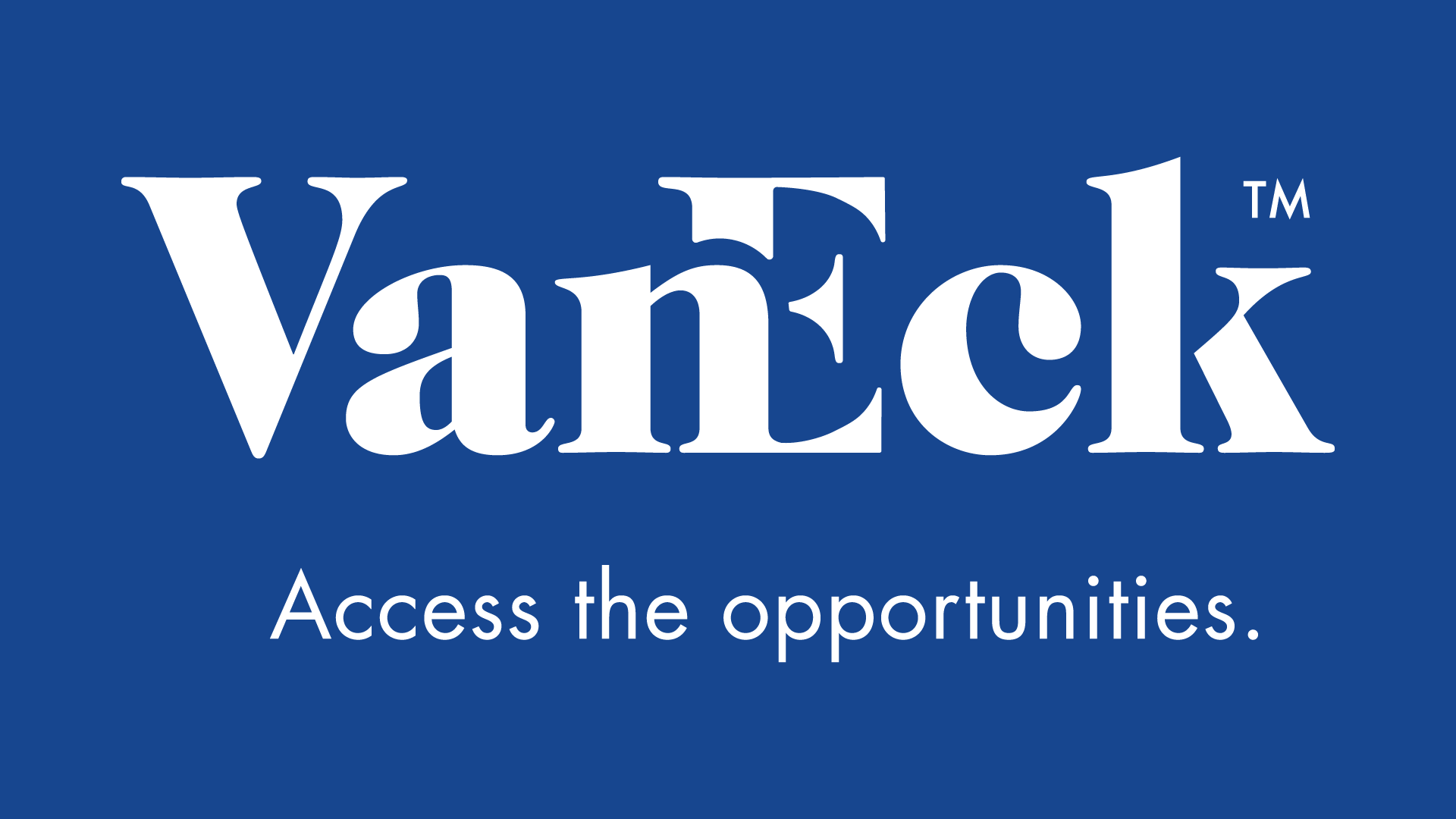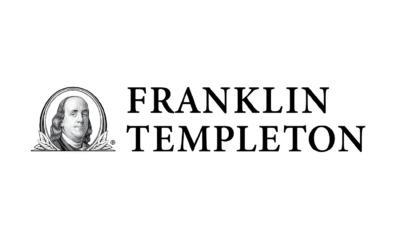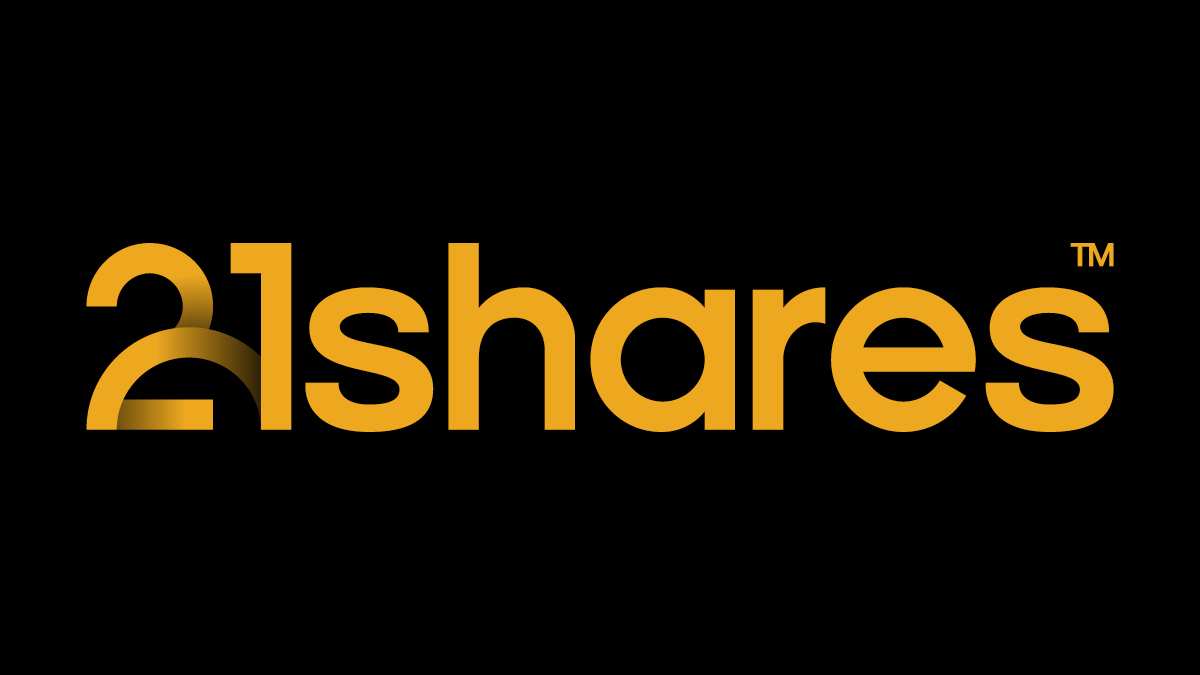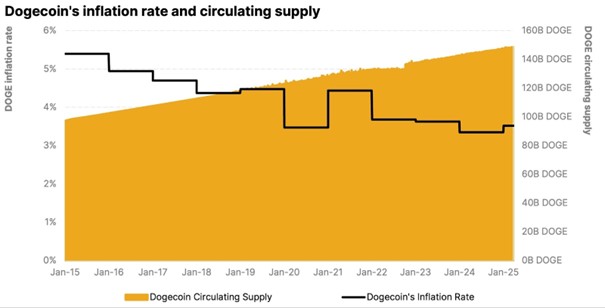Moativated Investing – A History of Outperformance. Long-term outperformance defines the track record of Morningstar’s success in identifying quality ”moat” companies with sustainable competitive advantages that are also trading at attractive valuations. Since its live inception in 2007, the Morningstar® Wide Moat Focus IndexSM has outperformed the S&P 500® Index by more than four percentage points each year, as shown in the chart below.
Morningstar’s Economic Moat Rating
Morningstar first began rating companies in 2002 according to the strength and longevity of their competitive advantages. Nearly fifteen years later, Morningstar’s equity research process remains rooted in the core belief that quality companies positioned to maintain one or more competitive advantages well into the future are best positioned for long-term success. The quality of these companies is reflected in Morningstar’s Economic Moat Rating.
Morningstar’s unique Economic Moat Rating system helps investors identify how likely a company is to keep competitors at bay for an extended period. The highest rating, a wide economic moat, signifies Morningstar’s belief that the company can sustain its competitive advantage for at least 20 years into the future, which is no small feat in today’s ultra-competitive environment.
Fair Value Represents A Company’s Long-Term Intrinsic Value
Another key component to Morningstar’s moat-investing equity research approach is its valuation process. Morningstar equity analysts assign a fair value estimate to each company based on how much cash it believes the company may generate in the future. The fair value represents a company’s long-term intrinsic value. Of course, stocks may trade above or below the company’s underlying fair value. The key is to identify those companies that are attractively priced at the time of investment.
VanEck VectorsTM Morningstar Wide Moat ETF (MOAT) is the only U.S. ETF that seeks to track the Morningstar® Wide Moat Focus IndexSM (the ”Index”), a benchmark that combines Morningstar’s measure of quality with their valuation framework. The Index’s approach to identifying U.S. companies with wide economic moats that are attractively priced has resulted in long-term outperformance versus the broader U.S. equity market, and provided a unique way for investors to invest in quality companies.
U.S. Moat Investing Has Provided a Long-Term Performance Advantage
Cumulative Index Returns 2/14/2007 to 9/30/2016
(click to enlarge) Source: Morningstar; FactSet.
Index performance is not representative of Fund performance. Fund performance current to the most recent month-end can be found at www.vaneck.com/moat. Past performance is no guarantee of future results.
Important Disclosures
Fair value estimate: The Morningstar analyst’s estimate of what a stock is worth.
The Morningstar Wide Moat Focus Index consists of U.S. companies identified as having sustainable, competitive advantages and whose stocks are the most attractively priced, according to Morningstar.
The S&P 500® Index consists of 500 widely held common stocks covering the leading industries of the U.S. economy.
The Morningstar® Wide Moat Focus IndexSM was created and is maintained by Morningstar, Inc. Morningstar, Inc. does not sponsor, endorse, issue, sell, or promote the VanEck Vectors Morningstar Wide Moat ETF and bears no liability with respect to the ETF or any security. Morningstar® is a registered trademark of Morningstar, Inc. Morningstar Wide Moat Focus Index is a service mark of Morningstar, Inc.
This content is published in the United States for residents of specified countries. Investors are subject to securities and tax regulations within their applicable jurisdictions that are not addressed on this content. Nothing in this content should be considered a solicitation to buy or an offer to sell shares of any investment in any jurisdiction where the offer or solicitation would be unlawful under the securities laws of such jurisdiction, nor is it intended as investment, tax, financial, or legal advice. Investors should seek such professional advice for their particular situation and jurisdiction.
The information herein represents the opinion of the author(s), but not necessarily those of VanEck, and these opinions may change at any time and from time to time. Non-VanEck proprietary information contained herein has been obtained from sources believed to be reliable, but not guaranteed. Not intended to be a forecast of future events, a guarantee of future results or investment advice. Historical performance is not indicative of future results. Current data may differ from data quoted. Any graphs shown herein are for illustrative purposes only. No part of this material may be reproduced in any form, or referred to in any other publication, without express written permission of VanEck.
Any indices listed are unmanaged indices and include the reinvestment of all dividends, but do not reflect the payment of transaction costs, advisory fees or expenses that are associated with an investment in a fund. An index’s performance is not illustrative of a fund’s performance. Indices are not securities in which investments can be made.
An investment in the VanEck VectorsTM Morningstar Wide Moat ETF (MOAT) may be subject to risks which include, among others, investing in the health care sector, investing in the consumer discretionary sector, investing in the industrials sector, investing in the information technology sector, investing in the financial services sector, equity securities, market, index tracking, authorized participant concentration, short history of an active market/no guarantee of active trading market, trading Issues, replication management, premium/discount, non-diversified and concentration risk, fluctuations in value due to market and economic conditions or factors relating to specific issuers. Medium-capitalization companies may be subject to elevated risks. The Fund’s assets may be concentrated in a particular sector and may be subject to more risk than investments in a diverse group of sectors.
Fund shares are not individually redeemable and will be issued and redeemed at their Net Asset Value (NAV) only through certain authorized broker-dealers in large, specified blocks of shares called ”creation units” and otherwise can be bought and sold only through exchange trading. Creation units are issued and redeemed principally in kind. Shares may trade at a premium or discount to their NAV in the secondary market. You will incur brokerage expenses when trading Fund shares in the secondary market. Past performance is no guarantee of future results. Returns for actual Fund investments may differ from what is shown because of differences in timing, the amount invested, and fees and expenses.
Investing involves substantial risk and high volatility, including possible loss of principal. An investor should consider the investment objective, risks, charges and expenses of a Fund carefully before investing. To obtain a prospectus and summary prospectus, which contain this and other information, call 800.826.2333. Please read the prospectus and summary prospectus carefully before investing.
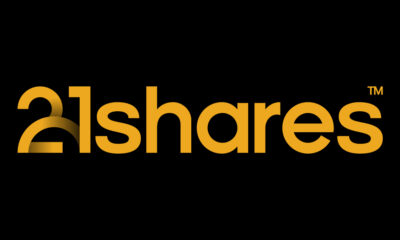
 Nyheter4 veckor sedan
Nyheter4 veckor sedan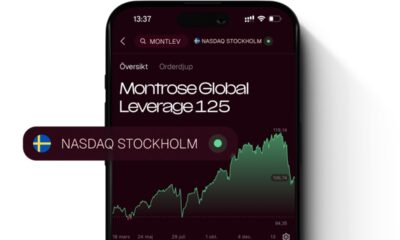
 Nyheter3 veckor sedan
Nyheter3 veckor sedan
 Nyheter4 veckor sedan
Nyheter4 veckor sedan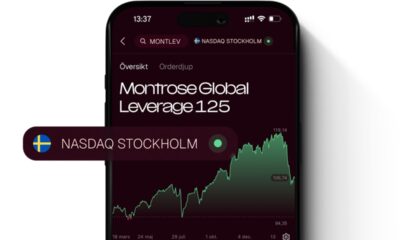
 Nyheter3 veckor sedan
Nyheter3 veckor sedan
 Nyheter3 veckor sedan
Nyheter3 veckor sedan
 Nyheter3 veckor sedan
Nyheter3 veckor sedan
 Nyheter3 veckor sedan
Nyheter3 veckor sedan
 Nyheter3 veckor sedan
Nyheter3 veckor sedan
